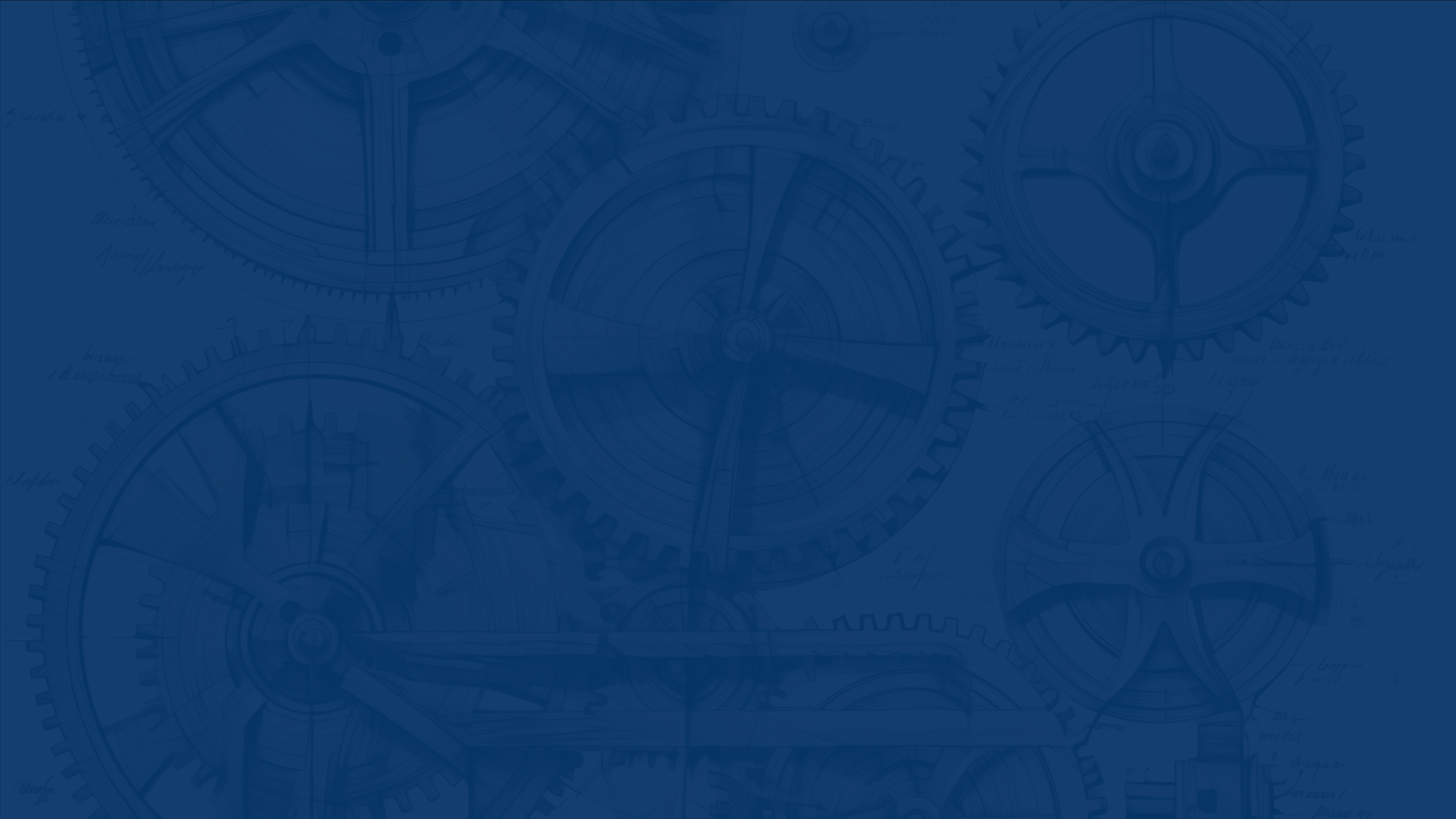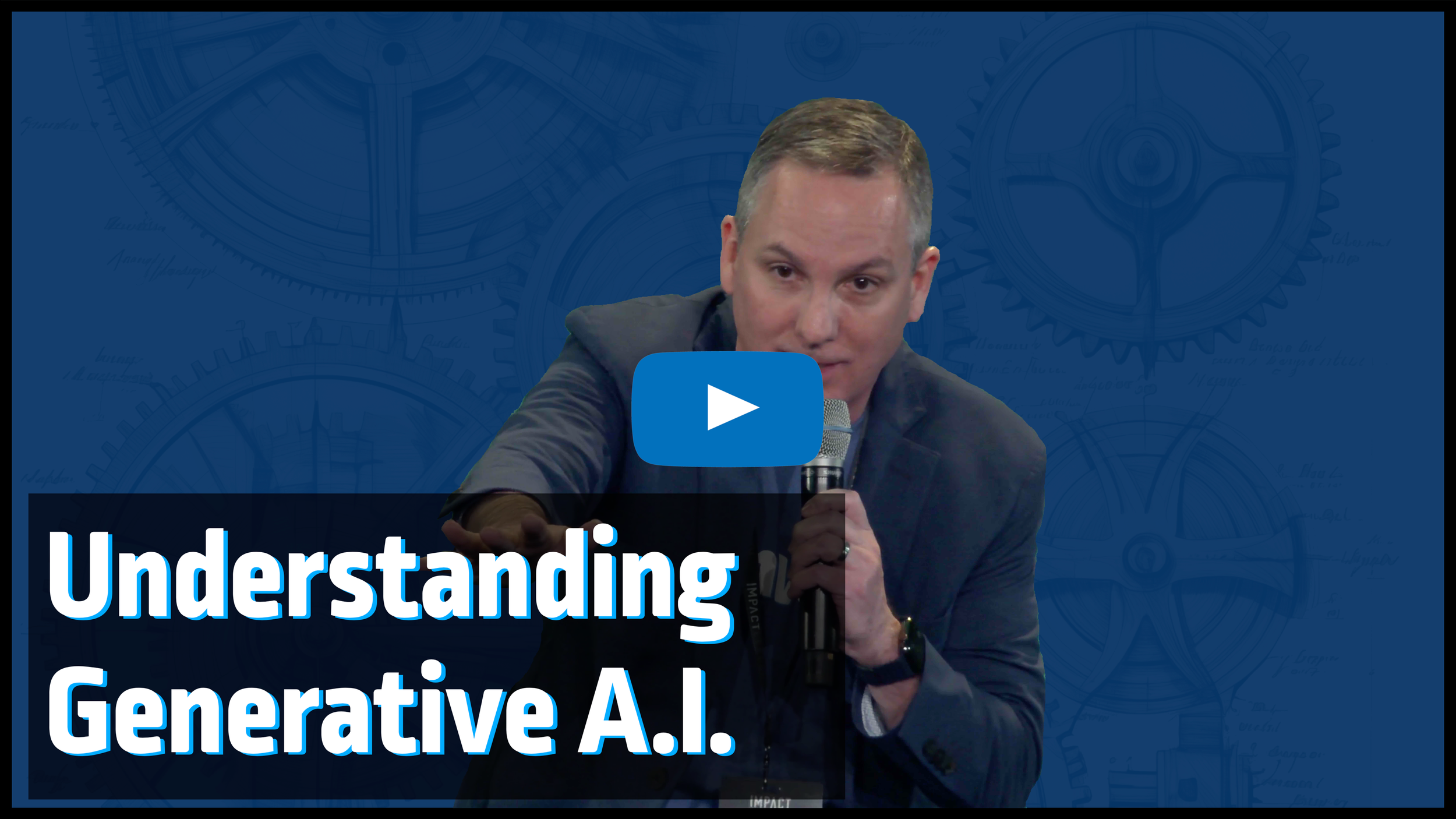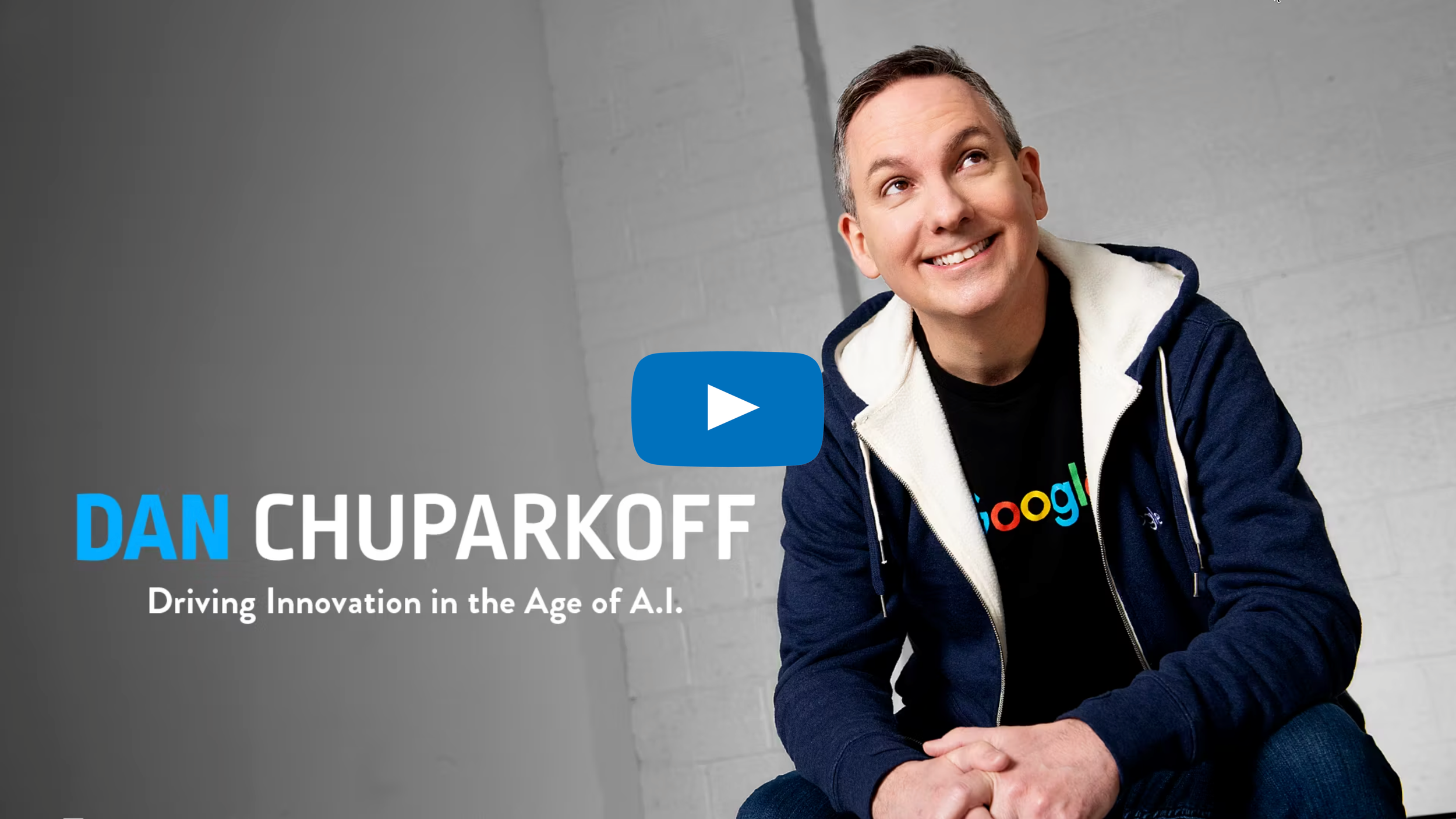AI & the Future of SaaS PRODUCT, ENGINEERING, & GTM TEAMS
Adapting to an AI-powered future may be today’s most urgent challenge. But teams are divided. Some are excited about "AI-powered everything" and overlooking the pitfalls. Others are unsure or anxious about the disruption AI could bring and don’t know where to begin. Dan brings 30 years of experience leading teams at Google, McKinsey, and Atlassian – some of the most advanced, future-focused teams in the world.
On SaaS PRODUCT, ENGINEERING, & GTM teams, adopting AI will be doubly-important. On the one hand, you’ll need to become an AI-powered organization, collaborating and solving problems with AI at your core. But that won’t be enough. Because your customers are also expecting you to lead the way with cutting-edge AI-powered features that drive more value faster. As a SaaS company, you’ll be tackling the AI transformation on both fronts. It’s time to get to work on both of those challenges!
10 Ways AI is changing SaaS PRODUCT, ENGINEERING, & GTM TEAMS
Instant Voice‑of‑Customer Summaries
1
Product teams effortlessly cluster feedback & spot patterns; meetings focus on deciding why and when to act rather than collecting data.
Faster delivery of the features customers actually ask for, raising satisfaction and loyalty.
Continuous Data‑Driven Prioritization
2
Roadmaps auto‑re‑score as revenue, effort, and risk inputs change; PMs shift to stakeholder storytelling and scenario selection.
Products evolve in lock‑step with customer needs and market shifts, protecting their investment.
One‑Prompt UI Prototyping
3
Designers generate on‑brand screens from textual prompts, then validate with users instead of redlining pixels.
Usability improvements arrive earlier, reducing onboarding friction and boosting adoption.
4
Copilot‑Assisted Code Production
Engineers offload boilerplate, tests, and docs to AI, allocating more time to architecture, performance, and mentoring.
Higher‑quality, more secure releases with shorter cycle times.
5
Self‑Healing Test Automation
AI agents create and maintain test suites that adapt to DOM/API changes; QA shifts to risk‑based edge‑case design.
Fewer surprises in production, leading to more stable user experiences.
6
Auto‑Diagnosis of Incidents
On‑call receives AI‑generated root‑cause hypotheses within seconds; humans decide mitigation vs. rollback and craft post‑mortems.
Downtime shortens dramatically, preserving trust and revenue.
Hyper‑Personalized Outreach Copy
7
SDR sequences auto‑build using live firmographics and social signals; reps focus on high‑value conversations.
Prospects receive relevant, timely messages instead of generic spam, improving engagement.
8
Real‑Time Dynamic Pricing
Reinforcement models tweak usage‑based rates and upsell prompts continuously; GTM teams design guard‑rails and packages.
Customers pay prices that better match realized value, increasing perceived fairness.
9
Proactive Churn‑Risk Alerts
CSM dashboards flag at‑risk accounts 90 days out and propose playbooks; CSMs concentrate on strategic consulting.
Problems are addressed before they hurt ROI, strengthening long‑term partnerships.
10
Predictive Pipeline Forecasting
RevOps dashboards blend CRM, email tone, and activity data to project deal velocity; leaders coach on next best actions.
More accurate delivery timelines and resource planning for customers counting on your solution.



